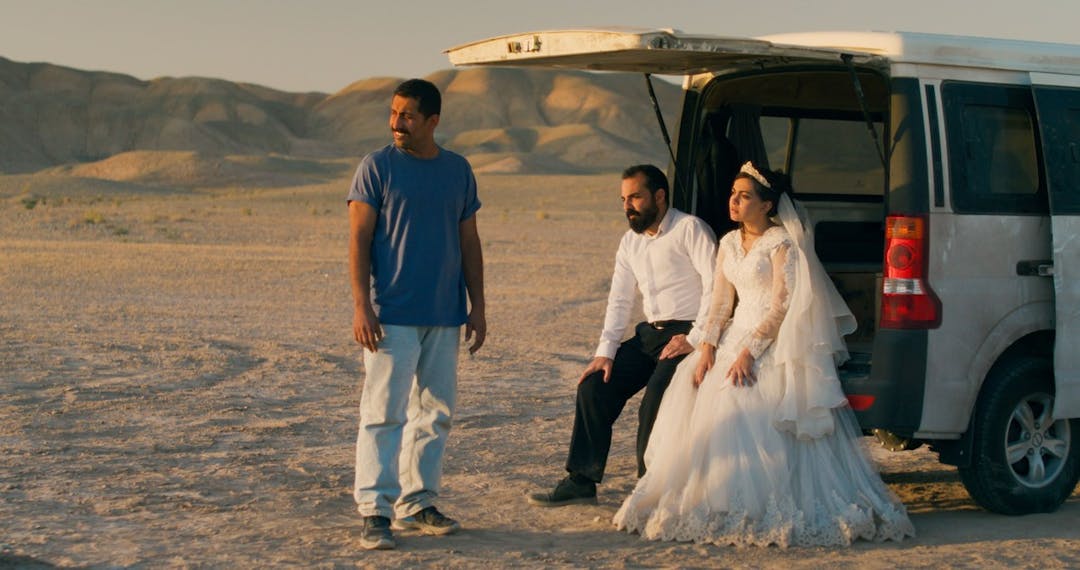
TAGTIK NEWS - TO THE POINT
Is it already too late? Our glaciers are disappearing

If you're heading to the mountains this summer to admire a glacier, make the most of it while you can: global warming means that many glaciers can no longer be saved.
Glaciers in Europe and around the world are melting at an alarming rate. In the Alps, almost 39% of the ice has disappeared since 2000. Worldwide—excluding the giant glaciers of Greenland and Antarctica—about 5 percent has been lost. Across the globe, glaciers are being symbolically ‘laid to rest’. Recent research shows that even with strict climate policies, many glaciers will still disappear in the long term.
Mountain glaciers are major contributors to sea level rise—even more so than the melting ice in Antarctica and Greenland. At the same time, they are crucial as 'water towers' for drinking water, ecology and energy supplies. Due to global warming and decreasing snowfall, however, they are being replenished less and less.
Half of all glaciers at risk
Smaller and more southerly glaciers, such as those in the Alps, Scandinavia and Central America, are particularly vulnerable. Even if the global temperature were to stabilise today, many glaciers would continue to shrink for centuries to come. In the most likely climate scenario, more than half of all glaciers will disappear by 2100.
Scientists say that techniques like covering glaciers with snow or blankets are little more than sticking plaster solutions. While climate policies remain important and can make a difference locally, the overall conclusion is: for many glaciers, it is already too late.
(PP with DC - Source: Volkskrant, De Morgen - Picture: © Meizhi Lang on Unsplash)
LATEST NEWS

Jafar Panahi Wins New York Award and is Sentenced to Prison by Iran

Born on December 2: Peter Kingsbery, founder of Cock Robin with firebrand Ana LaCazio

Born on December 1: Julee Cruise, "Twin Peaks'" haunting voice

Born on December 1st: Alain Bashung, French rock poet who waited a long time for success

Born on November 30: Billy Idol, the (kind) rebel of Generation X

Born on November 28: Randy Newman tells stories and makes movies
Quick links